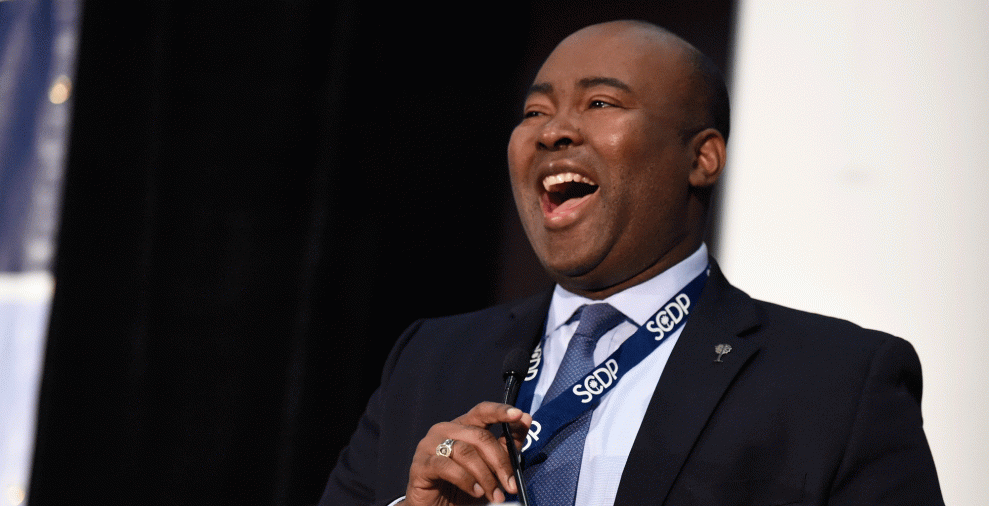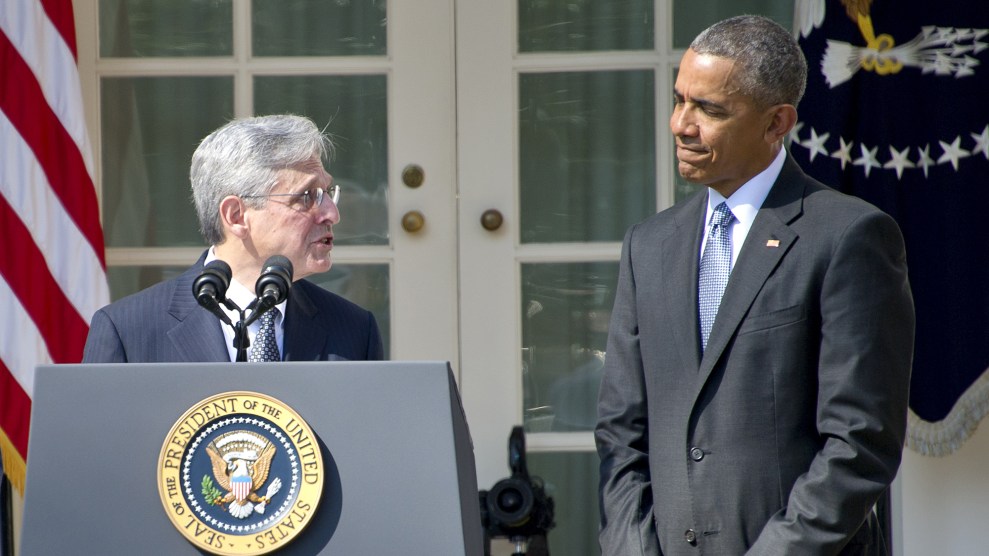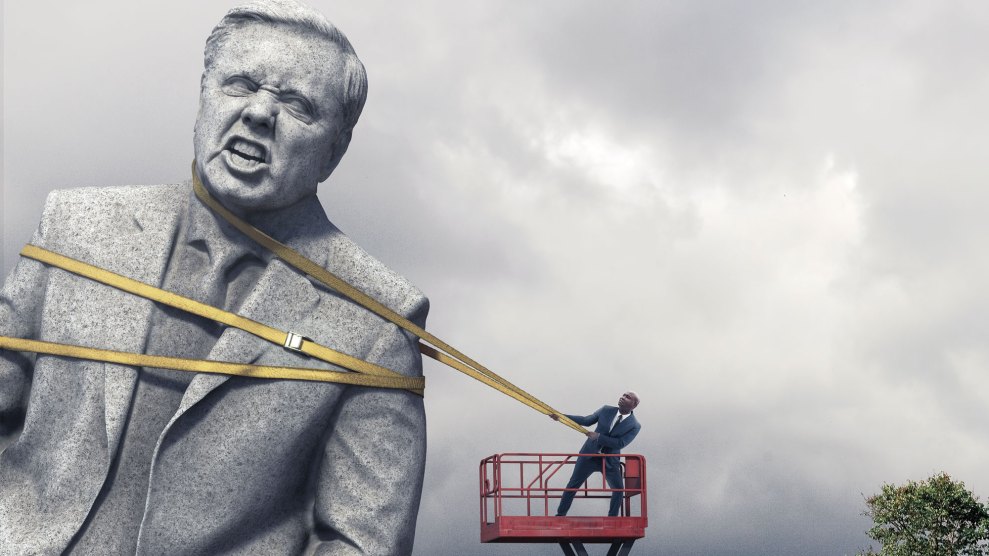
South Carolina's Jaime HarrisonMeg Kinnard/AP
South Carolina Democrat Jaime Harrison raised a staggering $57 million in the third quarter of this year—more than any senate campaign has raised in a single quarter in US history.
Harrison seeks to unseat Sen. Lindsey Graham, one of President Donald Trump’s most vocal supporters and chair of the Senate Judiciary Committee. In recent weeks, Graham has led the effort to swear in Supreme Court nominee Amy Coney Barrett, despite previous claims that he wouldn’t support filling a Supreme Court vacancy during an election year.
Harrison is the first credible challenger in some time to Graham, who is seeking a a fourth term in the Senate. Polls show the election in South Carolina to be extremely competitive: Some show Graham having a slight edge, while others show the candidates neck and neck. Last week, the nonpartisan Cook Political Report shifted its prediction from “lean Republican” to “tossup,” calling Harrison “perhaps Democrats’ best recruit and a fundraising behemoth.”
Harrison has so far massively outraised and outspent Graham, pouring $52 million into a TV and digital advertising blitz compared to Graham’s $19 million. Harrison’s third quarter total, most of which came from out-of-state donors, is more than double what Sen. Graham raised in the previous six quarters combined, notes the New York Times.
But the fundraising numbers don’t mean Harrison is a shoo-in: After all, the previous quarterly senate fundraising record of $38 million was set by Texas’s Beto O’Rourke in 2018, who ultimately lost to Sen. Ted Cruz.
As my colleague Kara Voght noted in her deep dive about the South Carolina election, Harrison’s biggest hurdle was originally lack of name recognition. He’s taken the advice of former Georgia guberatorial candidate Stacey Abrams: “Stacey’s advice to me was, ‘Jaime, you gotta go everywhere. You can’t give up on anybody,’” Harrison said.
“I think [the Democratic spirit] is alive and well all across the South. The real question is getting people to believe that it’s possible here,” he went on. “People have a little sliver of hope, and now it’s important for me to take that sliver and turn it into a roaring flame.”













